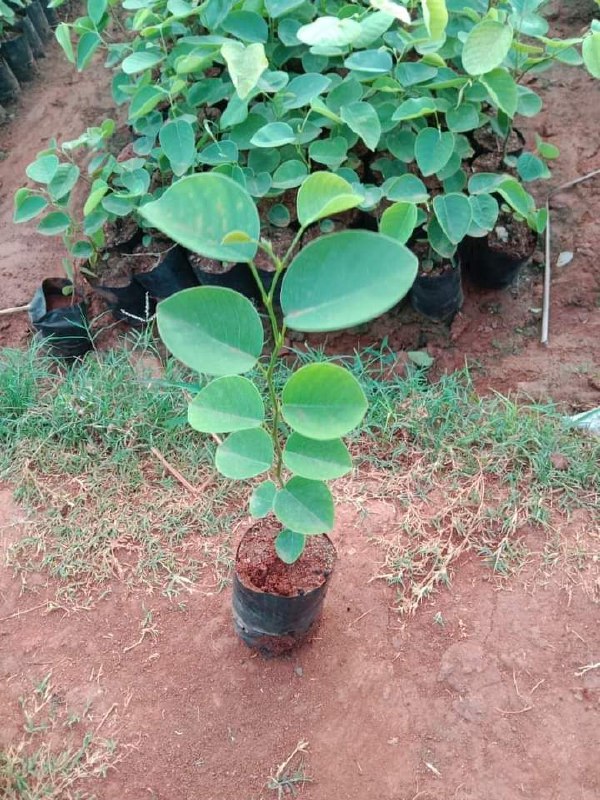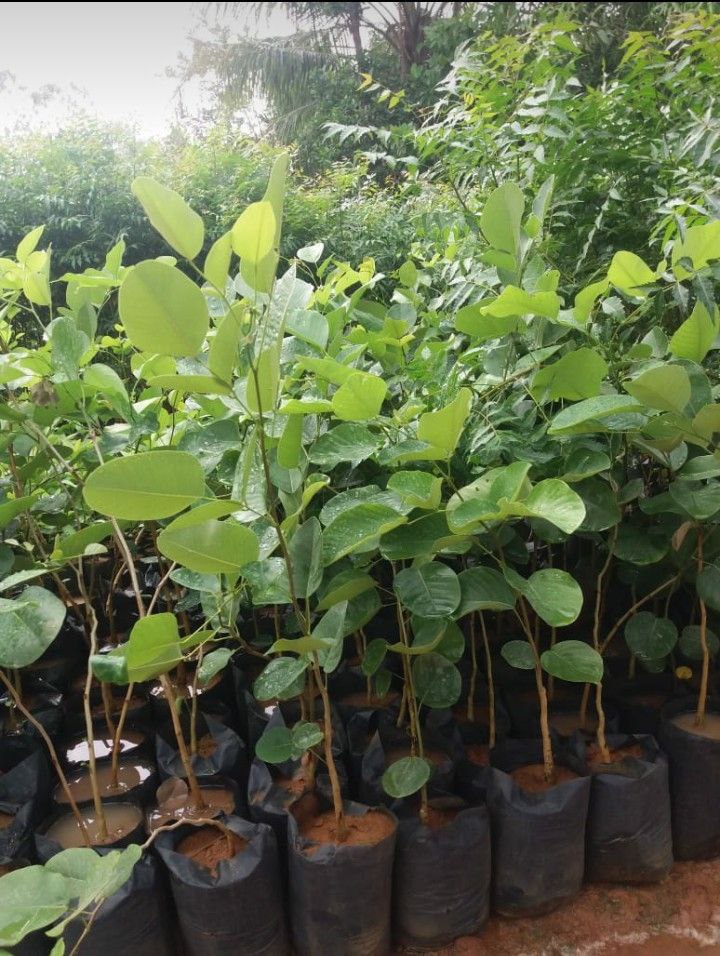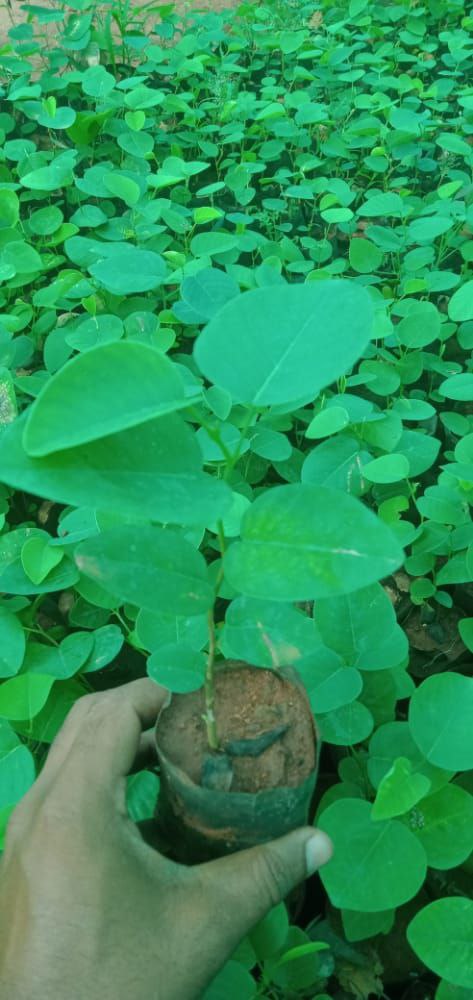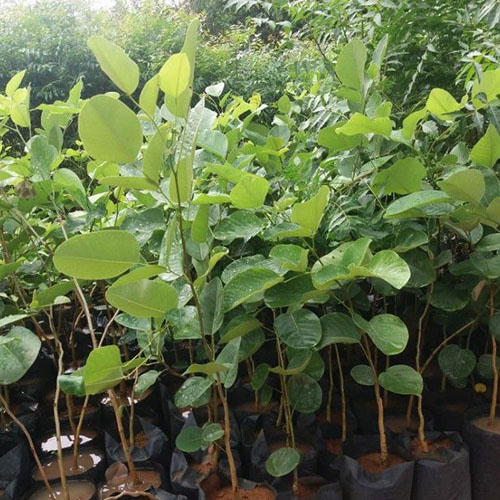Red Sandal Wood Plants
Red sandalwood, also known as Pterocarpus santalinus, is a small to medium-sized deciduous tree native to the southern Eastern Ghats mountain range of India. It is highly valued for its deep red-colored wood, which is often used for fine woodworking, musical instruments, and traditional medicine. Unlike white sandalwood (Santalum album), red sandalwood is primarily prized for its wood rather than its fragrance.
Key Features of Red Sandalwood:
-
Appearance:
- Height: Red sandalwood trees typically grow to a height of 8 to 11 meters, though they can sometimes reach up to 15 meters.
- Leaves: The leaves are compound, with 3 to 5 leaflets arranged in a pinnate structure. They are bright green, smooth, and about 6-12 cm long.
- Bark: The bark is grayish-brown to dark brown, with a rough texture and shallow fissures.
- Flowers and Fruits: The tree produces small, yellowish-green flowers that grow in clusters. The fruits are flat, disc-shaped pods containing one or two seeds.
-
Growth Conditions:
- Climate: Red sandalwood thrives in semi-arid to subtropical climates. It prefers areas with a temperature range of 15°C to 35°C and requires an average annual rainfall of 800 to 1,200 mm.
- Soil: It grows best in well-drained, sandy or gravelly soils with a slightly acidic to neutral pH. The tree is drought-resistant but does not tolerate waterlogged conditions.





